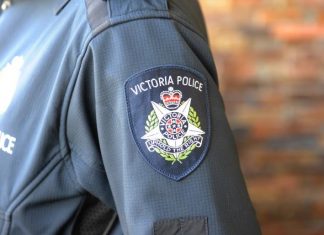Melton paramedics continue to attend a high number of call-outs for heat-related illnesses.
Paramedic Aaron Riding said elderly residents were particularly vulnerable.
“I worked a night shift recently during one of the weeks of extreme weather and over half of the calls were for heat-related illness,’’ he said.
“Ambulance Victoria often has to compensate during such periods with additional resources and emergency management plans, because they usually struggle to meet the increased demand.’’
Mr Riding’s comments are supported by a study released last week by the National Climate Change Adaptation Research Facility.
Figures compiled between 2002 and 2010 were used to rate postcodes across Melbourne on a scale of 1-10 based on the number of ambulance call-outs when temperatures were above 34 degrees.
Areas with the highest number of calls were given ratings of 10, while those with the lowest number were rated one.
Melton, Kurunjang, Melton South, Melton West and Toolern were given ratings of nine.
Brookfield, Eynesbury and Parwan were rated eight.
Despite the high number of call-outs in Melton City, the research’s heat-related vulnerability index rated the whole municipality as a low-to-medium risk area.
The index rates areas that are most vulnerable to heatwave conditions based on risk factors including lack of tree cover, housing types and the age, health and socioeconomic status of the population.
Cr Sophie Ramsey has asked Melton council to provide a report on measures the council has in place to assist residents – particularly those who are socially isolated, elderly and disabled – during abnormally high temperatures.
Council community services general manager Maurie Heaney said feedback received about the council’s services during heatwaves had been positive.






